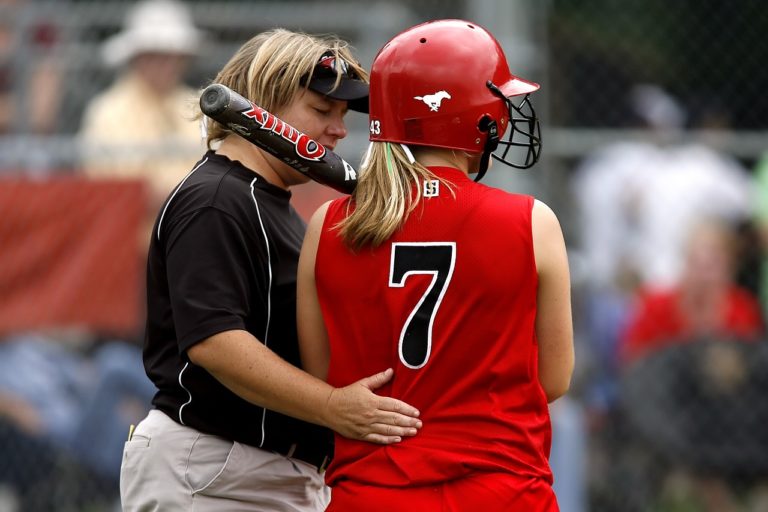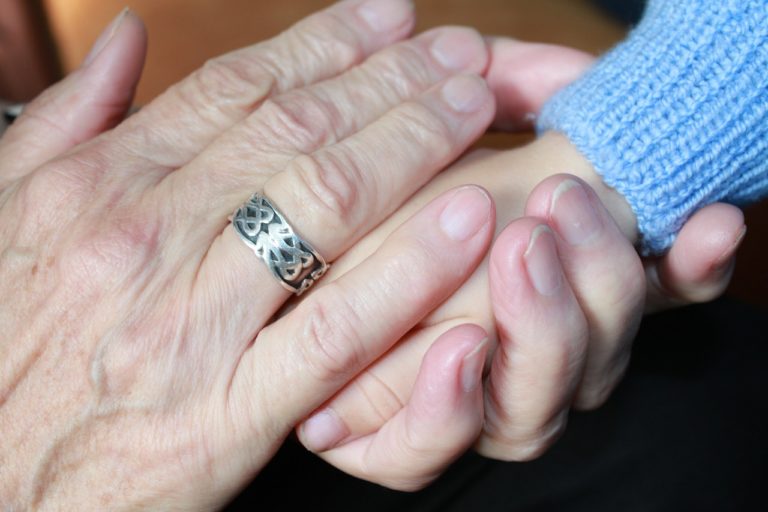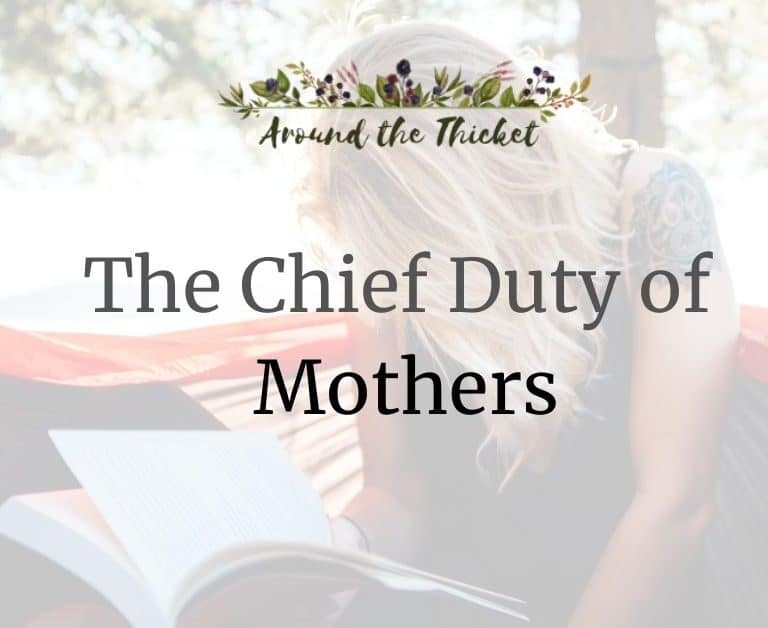Not a Bully, Not a Victim: Using Sibling Conflict to Teach Empathy and Empowerment
How many ways can you manage sibling conflict? My kids are very young – nearly 3 and 1.5 years old. Both of them occasionally bite the other (for no apparent reason). The older quite likes to push the younger down (for no apparent reason). I see them both snatch toys, pull hair, and do everything that you would expect toddlers who are still working out concepts like ‘possession’ and ‘generosity’ to do.
It often feels like the easiest option is to just separate them. And, to be honest, I do this on a fairly regular basis, particularly if there is a reason I can’t be in the room (like when I’m cooking dinner).
Another way to deal with it, I suppose, would be to use some sort of punishment, but I’m not on board with that, especially when they are so young and simply can’t understand things like sharing. I don’t want them to do kind things because I tell them to. I trust that they will learn to act kindly to each other by having kindness modeled to them.

Taking the Time to Coach Young Kids through Conflict
This leads to another approach to dealing with sibling conflict: coaching. I’ve discussed before the influence the book Siblings without Rivalry has had on me, and how I’ve applied it. Coaching my kids through conflict is time-consuming, and it is certainly more difficult than separating them, or even resorting to punishment.
Coaching kids through conflict, to me, means helping them see a situation in a new light and letting them do everything they are capable of doing to resolve it, while keeping them from causing (or coming to) harm. When it plays out in real life, coaching kids through conflict looks a bit like this:

- Resisting the urge to right the wrong yourself. It is so easy to just take the toy back that has been snatched and return it to the crying child. However, this is a missed opportunity, plus it makes one child feel like a ‘loser’ and one feel like a ‘winner’ – not the message you want to get across.
- Saying out loud everything you see happening. Janet Lansbury calls this sportscasting. As matter-of-factly as possible, describe the situation. ‘I see two boys who want the same toy.’ ‘N took the stick. G, you seem upset.’
- Giving your children words when they can’t speak. While N is super verbal, G is just starting to speak. I often ‘interpret’ G’s body language for N, which plays out a bit like this: ‘G, you can say ‘no, I’m playing with it’ or ‘N, G is holding on tightly to the toy. He is still playing with it.’
- Offer solutions that the child can implement. A really popular phrase in our house right now is, ‘Why don’t you ask him if you can have a turn when he is finished?’ I actually love this phrase. N is old enough to say it himself, and will say it unprompted. Sometimes he will tell me that he wants the toy now, which I acknowledge, but often it gives him the patience to move on to something else. It’s also not uncommon for G to give N the toy that he wants when he asks.
- Be prepared to get involved physically. So much of toddler conflict involves their physical selves: biting, hair pulling, toy-taking, pushing. I have to be on stand-by to make sure that no one hurts the other. Indeed, I don’t stand around talking if I see a child starting to hit, or pinning the other to the ground. I lift them apart and keep them both safe.
Sibling Conflict and the Road to Good Character
Coaching doesn’t magically end sibling rivalry. But recently, I’ve been reflecting on how this approach is influencing the way my kids view themselves, as well as other people. I actually see a huge opportunity to take advantage of little moments to instill powerful character traits in my kids.
Bullying is coming up in the news more and more regularly these days. At school, online, at work. It can be emotional or physical. Someone using their strength to intimidate or coerce another, weaker person. Haven’t we all watched our toddler snatch a toy with complete indifference to the consequences and have a little twinge of fear that they will never grow out of these impulses?
And if bullying causes twinges of fear, it’s nothing compared to the concern we have about our child becoming a victim to any sort of physical, sexual, or emotional abuse. A victim. ‘A person who has come to feel helpless and passive in the face of misfortune or ill-treatment.’ (Oxford English Dictionary).
We no more want our children to grow up passive and helpless than intimidating and coercive. Sibling conflict offers an incredible chance to raise kids who are both empowered and empathetic – the traits I see as antidotes to these two extremes.

Not a victim: Using Sibling Conflict to Teach Empowerment
Our children need to grow up understanding that they have the right to assert themselves if they don’t like how another person is making them feel. They need to be confident that they will be taken seriously when they voice this. The best way to embed this confidence is through practice. Sibling rivalry can give your child the opportunity to practice speaking up for himself, and you the opportunity to demonstrate that their words will be acted upon.
Take roughhousing, for example. If one child starts to get upset because the play is too rambunctious, you can encourage the child to say, ‘I don’t like that. Stop.’ If the child isn’t very verbal, you could also say, ‘I hear you are getting upset. You don’t like it. It needs to stop’. This is empowerment. The child decides if the play is too rough. The authority behind that decision rests with him.
If the other child doesn’t stop immediately, then you could say, ‘Susie doesn’t like that. You need to stop. I will help you’. And then you, as the bigger, smarter, in-control adult present, put a stop to the behavior.
I don’t think it is difficult to appreciate how vital it is that we teach our children that they are the ones who decide what makes them uncomfortable, hurt, or unhappy, and that they can and should speak up when they feel this way. Our kids need to know that it is never, ever ok for their request for something to ‘stop’ to be discounted, and that they can always find help and support in you.

Not a bully: Using Sibling Conflict to Teach Empathy
Let’s look at the other child in this situation. I think it is all too easy to make moral judgments against a child’s behavior, when he is simply acting impulsively because of his age. But if a child hears, ‘Don’t do that! That’s not nice!’ too many times, they may start to think, ‘I’m not nice’. From there, it’s not a far jump for a child to start playing out a role that we have (unintentionally) been scripting for him.
Coaching avoids casting the child in to the role of ‘bully’. Firstly, the focus is on the other child. Instead of ‘That’s not nice!’, it is ‘Susie is upset that you took the ball’ or ‘Susie is telling you to stop’. Instead of the child seeing himself as ‘not nice’, he begins to understand that his actions affect other people. Secondly, when I help him listen to what the other child says (and gently help him follow through) he begins to learn that the feelings of others must be respected.
I want my boys to grow up knowing that if someone says they don’t like something they are doing, they must stop. Period. That’s why I coach them in this as much as I can. So that they will have grown up experiencing, over and over again, how to consider the feelings of others.

On Raising Future Adults
My kids aren’t going to be toddlers forever. Neither are yours. There are quick and easy ways to deal with sibling conflict. There are also ways to deal with sibling conflict that start with the end in mind: who they will be as adults. If we want to raise children to have strong moral character, who are compassionate as well as confident, when they are grown, then let’s not brush over these early opportunities by doing what is easy. Coaching sibling conflict takes more time and more patience, but when their character is stronger and better for it, it will be completely worth the effort.
I share more ideas about coaching your kids through sibling rivalry in my post Setting the Stage for Positive Sibling Relationships in the Early Years.





Really great! I love your post.
Thank you!